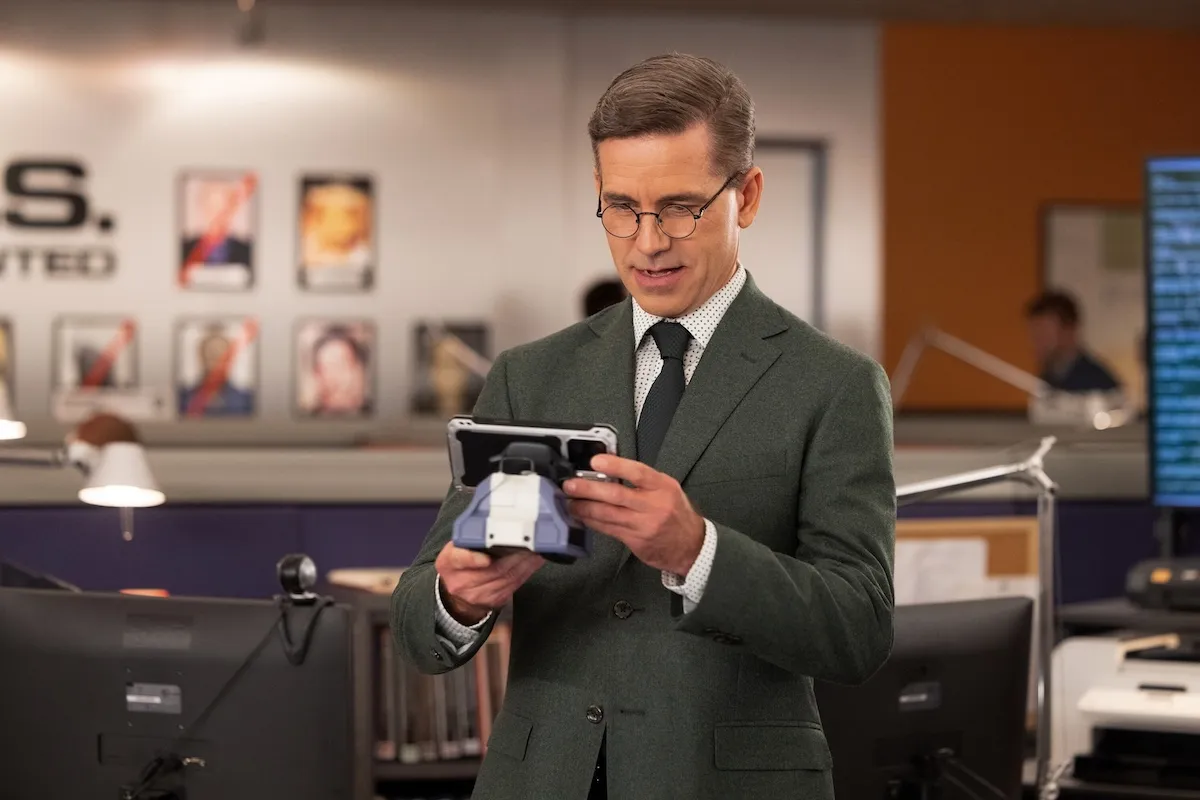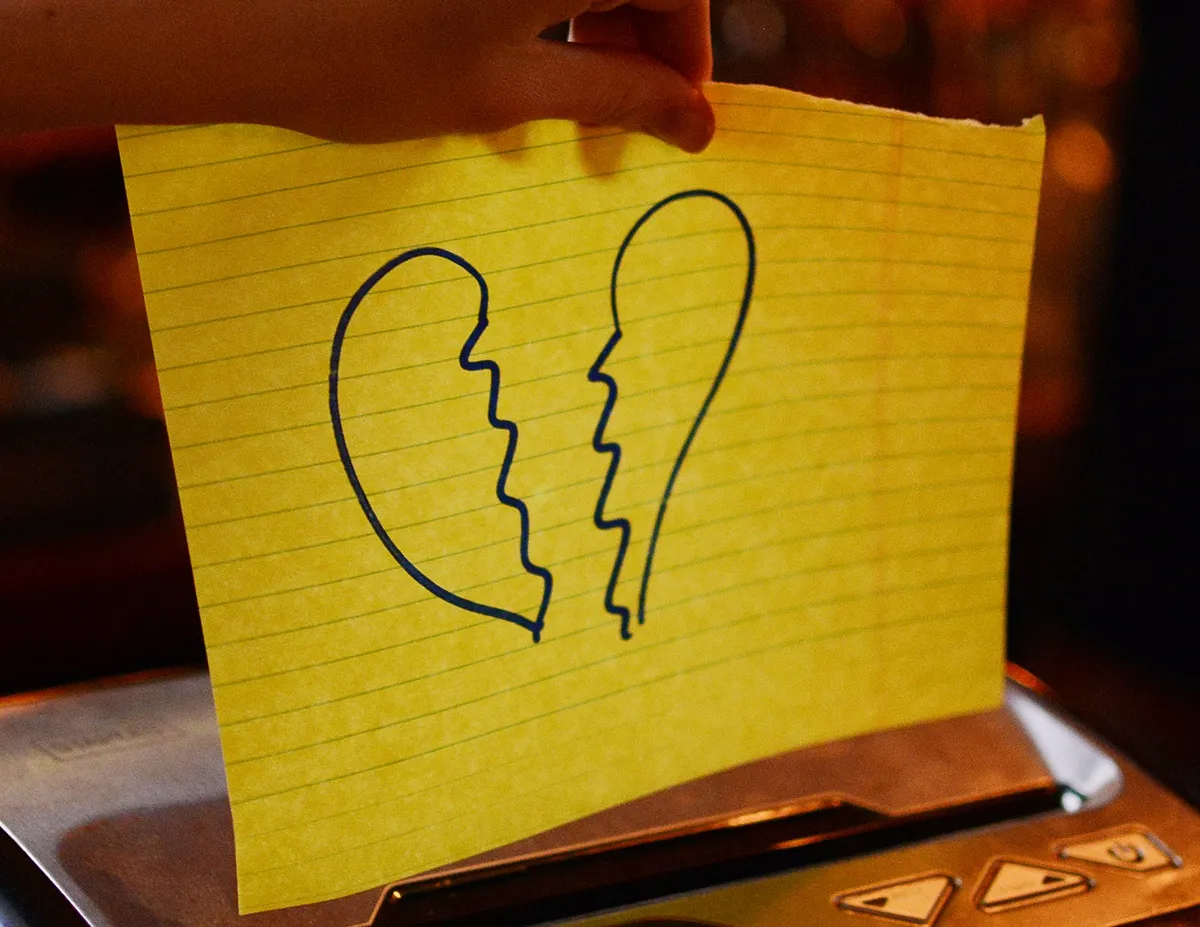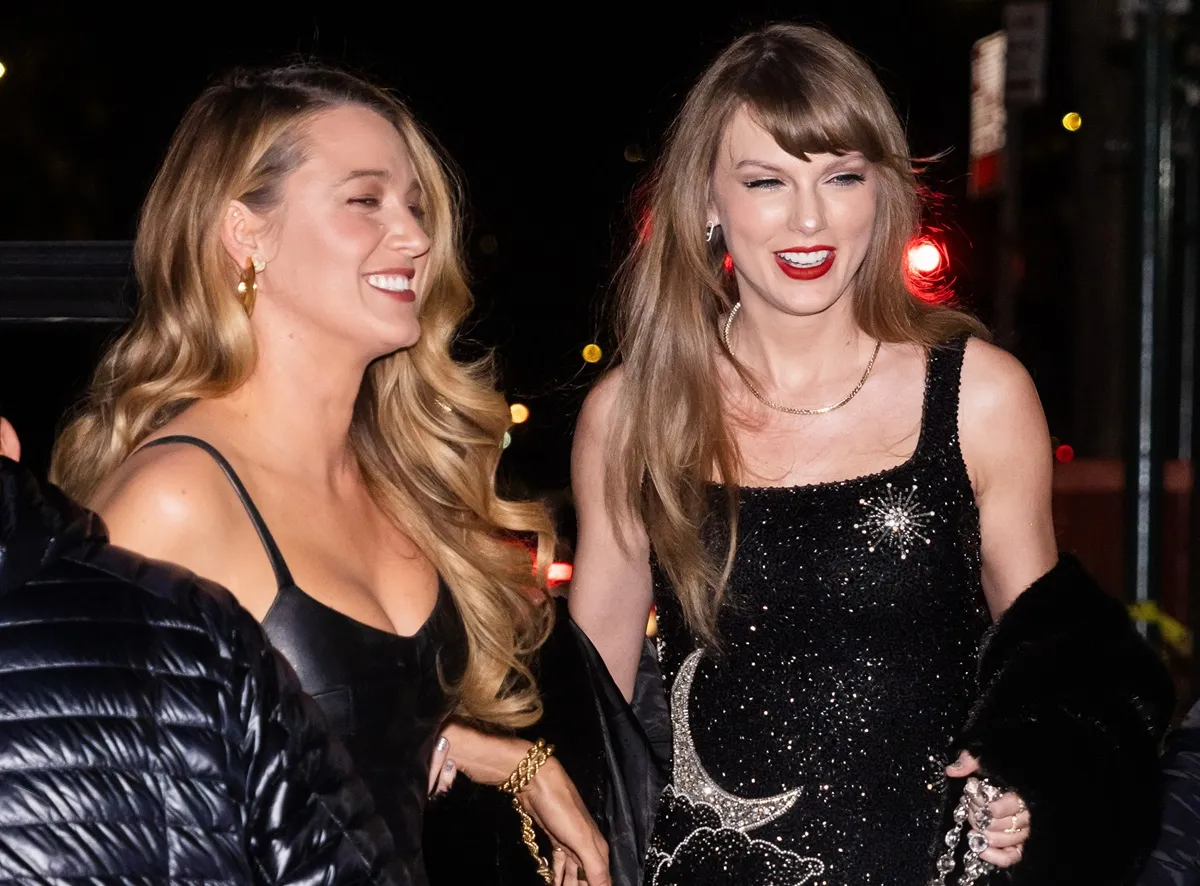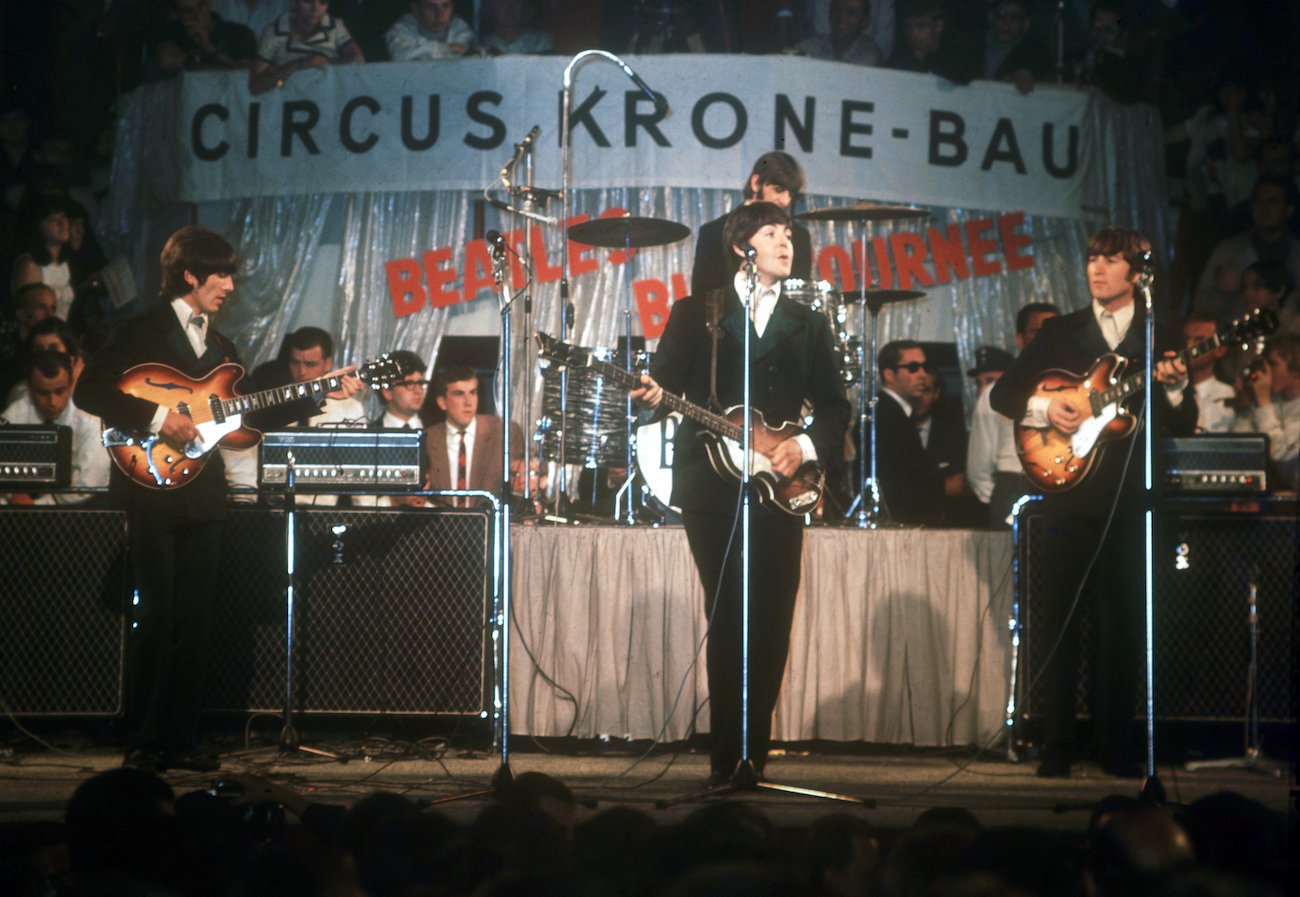
George Harrison Said The Beatles’ Concerts Became ‘Inconsequential’ in the Mid-1960s
George Harrison said The Beatles‘ concerts became “inconsequential” in the mid-1960s. It was pointless navigating through the often treacherous Beatlemania just to repeatedly play the same 10 songs through mediocre equipment that couldn’t reach louder than fans’ screams.
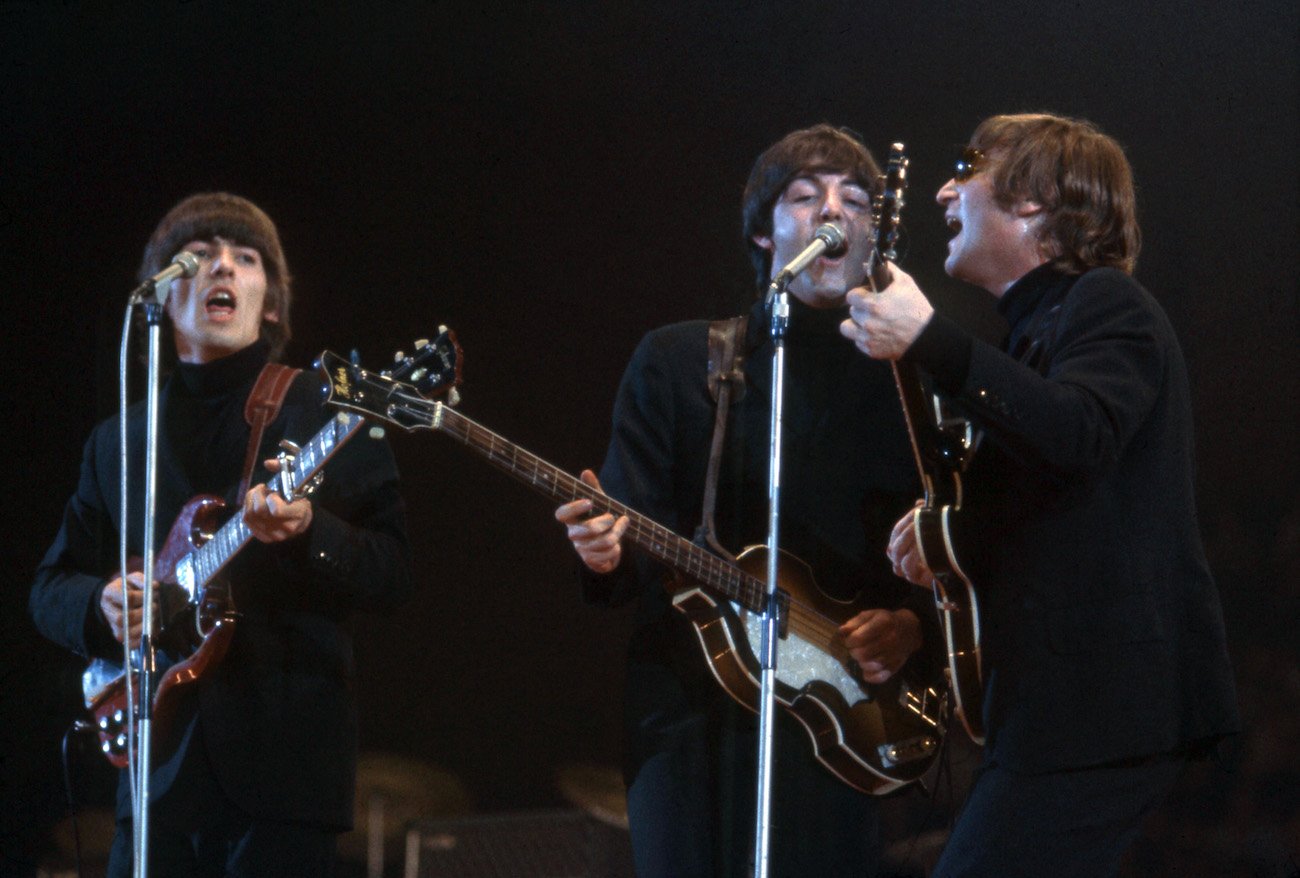
The Beatles’ concerts throughout Beatlemania
None of The Beatles felt the force of Beatlemania until they touched down at J.F.K. Airport in the U.S. in 1964. They’d seen their fan base grow in England and France. However, nothing compared to the number of girls who packed into the airport to welcome the Fab Four.
It was then that The Beatles realized the size of their popularity. Days later, they performed on The Ed Sullivan Show to 700 screaming fans. A record-setting 73 million people tuned in to watch The Beatles perform that night on Feb. 9, about 40 percent of the country’s population.
The number of Beatles fans worldwide only skyrocketed higher after that historic performance. Soon, touring became difficult.
In Here Comes The Sun: The Spiritual And Musical Journey Of George Harrison, Joshua M. Greene wrote, “In August 1964 more than a hundred thousand people lined the streets of Amsterdam to catch a glimpse of them driving from the airport to their hotel.
“In Adelaide, Australia, the number tripled: three hundred thousand fans—half the population of the city– lined the route of their caravan. When their film ‘A Hard Day’s Night’ debuted that year, attended by Princess Margaret and the Earl of Snowden, so many onlookers jammed into Piccadilly Circus that central London came to a complete stand-still.”
In his memoir, I Me Mine, George wrote, “In the real world . . . we didn’t have any space . . . like monkeys in a zoo.” The touring zoo didn’t stop; it only ramped up.
“On their 1964 U.S. tour alone, the Beatles covered twenty-five cities in thirty-two days, played to a total of half a million people, and flew forty thousand miles,” Greene wrote. “Between 1961 and 1965 they made seven tours of the United Kingdom, three of America, one of Europe, and two around the world.
“They played more than fourteen hundred club dates, often as many as three in a day, in addition to fifty-three radio shows, thirty-five television programs, and one of the most prolific and grueling record outputs in pop music history.”
Eventually, the Fab Four were caught in a dangerous storm. Their grueling tours were often dangerous too. Their management carefully thought out their every move to dodge hoards of fans who sometimes grabbed at the band.
In Kansas City, hundreds of fans broke through police barriers and attacked their mobile dressing room. Police retaliated by attacking the mob with rubber billy clubs. People in the Philippines sent them death threats, and they almost died in several other situations.
“We almost got killed in a number of situations – planes catching on fire, people trying to shoot the plane down and riots everywhere we went. It was aging me,” George told Rolling Stone in 1979.
George Harrison said The Beatles’ concerts were ‘inconsequential’
Eventually, The Beatles’ concerts seemed unimportant amidst all the mania. There was little point. Once a military-like maneuver was enacted to get them to wherever they needed to go, they played the same old tunes for fans that only screamed at them.
Even one of their most famous performances at Shea Stadium in 1965 was “impersonal.” George said, “Worst of all . . . we really didn’t care anymore.” During a 1987 interview on Good Morning Britain, George said The Beatles’ concerts became “inconsequential.”
“It happened very fast,” George said. “We just wanted to make a record, really, and just be a pop band. That was the full extent of our ambition… and it just went bigger and bigger and bigger, and it just got ridiculous. The concerts became inconsequential.”
George said stopping touring “was a big thing in those days… But we couldn’t hear a thing. We were just playing these same old tunes; we had these little amplifiers. Wasn’t like now, where you can just blast them. It was very difficult. There was a lot of strain, stress, and strain.
“Everywhere we seemed to go in that last year of touring America was like race riots going on in Chicago, and we’d arrive in the middle of that. There was a political problem in Montreal, the French and the British all hated each other and saying we’re going to shoot Ringo and hurricanes, we’re flying into hurricanes in the airplane.
“I couldn’t do it now. If that was happening to me now, I’d just die of a heart attack, but in those days, we were young, and we could stand up to the strain. But it got so much that it was no joke, so we just retired to the recording studio, and the rest is history.”
Once The Beatles stopped touring, it allowed them to experiment in the recording studio
The Beatles stopped touring in 1966, which was one of their best decisions. It allowed them the time to focus on their music more and opened the door to musical expression and experimentation. Everything influenced and inspired them.
When the group released Rubber Soul and Revolver, Guitar World wrote that it sounded as if they’d taken a
“quantum leap.”
“Around the time of Rubber Soul and Revolver we just became more conscious of so many things. We even listened deeper, somehow,” George said.
“That’s when I really enjoyed getting creative with the music. Not just with my guitar playing and songwriting but with everything we did as a band, including the songs that the others wrote. It all deepened and became more meaningful.”
The screaming hoards of girls might’ve been upset that The Beatles stopped doing concerts. However, the band had to do something to save their livelihoods and creativity.
